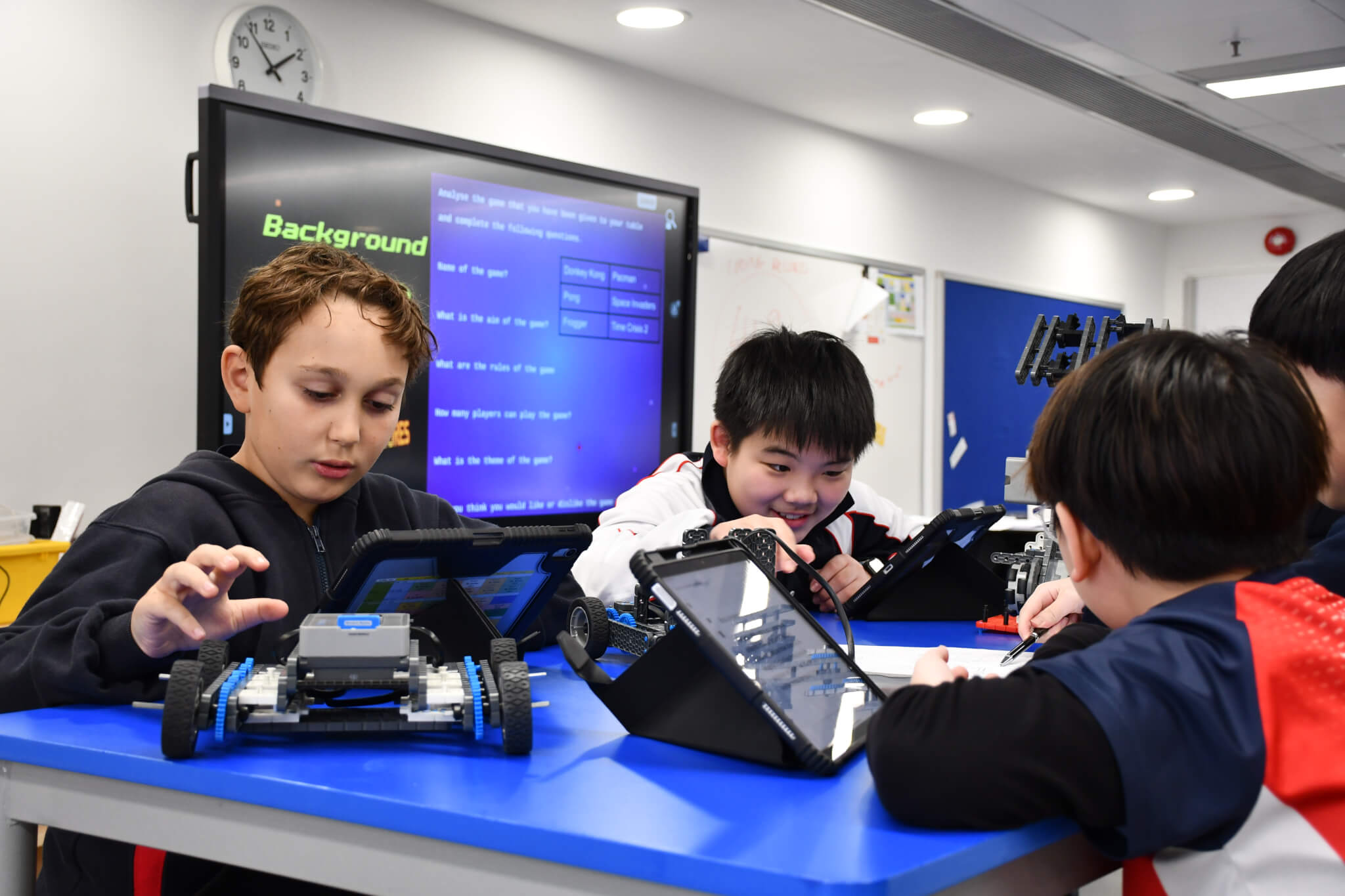As technology continues to advance, its role in classrooms around the world becomes increasingly significant. From enhancing engagement to fostering critical skills, integrating technology in education offers tremendous opportunities while presenting challenges that require thoughtful approaches. For educators and parents, understanding its benefits and challenges is key to fostering a balanced and effective learning environment. This article explores how educational technology shapes classrooms, provides opportunities, and encourages growth while addressing the hurdles it can bring.
Technology’s Transformative Power: Unleashing Benefits for Students
Integrating technology in education creates exciting possibilities for both students and teachers. Here are some key benefits:
- Engaged Learning: Interactive tools like virtual simulations, digital storytelling apps, and gamified platforms increase student motivation. These tools make learning more dynamic and relatable by allowing students to interact with content in new ways.
- Personalized Learning: Educational technology enables customized learning experiences. Adaptive software adjusts content difficulty based on a student’s progress, helping learners at different levels grow at their own pace.
- Global Collaboration: Technology connects students to peers across the globe, fostering cultural exchange and teamwork. Platforms like virtual classrooms and discussion boards allow for real-time conversations and projects with diverse perspectives.
- 21st Century Skills Development: Integrating tools like coding apps and robotics kits helps students develop critical thinking, problem-solving, and digital literacy. These are essential skills that prepare them for careers in technology-driven industries.
- Enhanced Accessibility: Assistive technologies such as text-to-speech tools and screen magnifiers empower students with disabilities, enabling them to participate fully in the classroom.
These benefits illustrate the significant impact of educational technology on learning outcomes and student growth.
Why Should Kids Learn Coding?
Learning coding at an early age offers children the chance to develop valuable problem-solving and critical-thinking skills. Coding encourages logical reasoning, creativity, and persistence, as students must break down complex tasks into smaller, manageable steps. Additionally, coding provides a foundation for future careers in fields, such as software development, engineering, and data science. By learning to code, kids gain the confidence to approach challenges methodically and innovatively, making it a crucial skill for the digital age.
Navigating the Challenges: Responsible Integration
While technology provides numerous advantages, challenges remain that require attention from educators and parents:
- Digital Divide: Not all students have equal access to devices and high-speed internet. This inequity can widen the gap between learners.
- Distraction and Misuse: Without guidance, students might use devices for non-educational purposes, potentially hindering productivity.
- Over-reliance on Technology: Technology should support traditional teaching, not completely replace proven methods. Balance is crucial for effective learning.
- Teacher Training and Support: Educators need ongoing training to integrate tools effectively into their teaching strategies. Without this, the potential of technology remains underutilized.
By addressing these challenges thoughtfully, schools can create an environment where technology enhances learning rather than detracts from it.
Finding the Balance: Strategies for Effective Technology Integration
For educational technology to truly benefit students, a balanced and thoughtful approach is necessary.
Here are some strategies:
- Focus on Learning Objectives: Technology should serve specific educational goals. For example, using coding software in math classes can teach logical thinking while reinforcing key concepts.
- Prioritize Critical Thinking: Encourage students to evaluate information critically rather than consuming it passively. Assign projects that require research, analysis, and creative problem-solving.
- Building Digital Citizenship Skills: Teaching students about online safety, responsible behavior, and identifying credible information is essential for navigating digital spaces confidently and ethically.
- Collaboration and Equity: Leverage technology to facilitate teamwork. For example, robotics for kids promotes group problem-solving while ensuring all learners can access devices and resources.
Effective integration depends on aligning technology with meaningful objectives while fostering essential life skills.
The Future of Education: Embracing Innovation
As technology evolves, new advancements continue to shape the educational landscape. Several emerging tools have the potential to enhance how students learn:
- Artificial Intelligence (AI): AI tools can personalize learning experiences by analyzing a student’s performance and tailoring instruction to their needs. For teachers, AI can automate administrative tasks like grading, giving them more time to focus on teaching.
- Virtual Reality (VR) and Augmented Reality (AR): VR and AR provide immersive learning experiences. For example, students can explore ancient civilizations or the structure of the human body in a way that textbooks cannot replicate. These technologies make complex subjects more tangible and engaging.
- The Internet of Things (IoT): IoT enables connected classrooms where devices collect and share real-time data. For instance, smartboards and connected devices can provide teachers with immediate feedback on student progress, helping them adapt their lessons accordingly.
While these technologies are exciting, it is important to use them with intention, ensuring they support meaningful learning experiences.
Conclusion: A Collaborative Journey
The use of technology in education has transformed how students learn and interact with the world around them. From coding platforms to robotics for kids, it offers endless opportunities to inspire creativity, critical thinking, and collaboration. However, the success of educational technology depends on thoughtful implementation and a commitment to addressing challenges like the digital divide and distraction.
At Stamford American School Hong Kong, we believe in fostering innovation in the classroom by embracing tools that support student growth. Through a combination of traditional teaching methods and advanced technology, we aim to prepare students for a bright future.
Let’s continue working together to create classrooms that are engaging, inclusive and forward-thinking.






